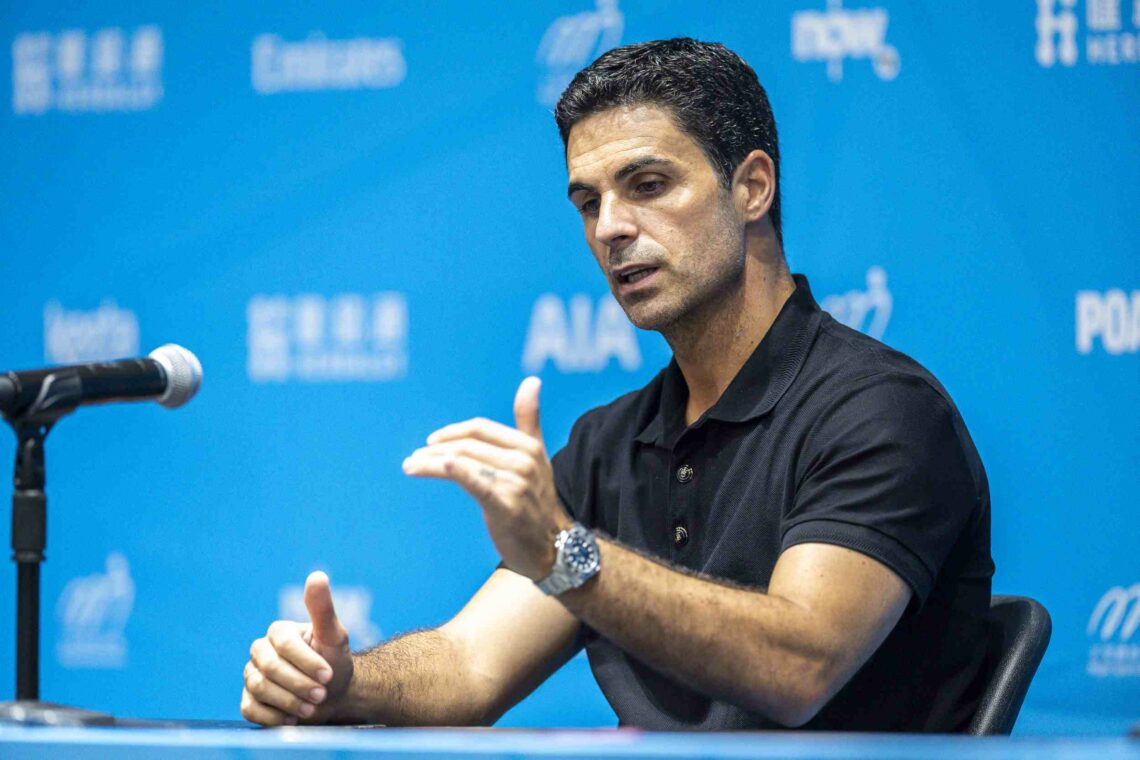Since Mike Arteta took over in December 2019, we have seen several transformative changes at Arsenal in pursuit of excellence. Many thought of him as a novice manager working against the titans in the Premier League. However, he took unconventional steps that turned Arsenal into a competitive and versatile side that has challenged the best.
Many are eagerly waiting to see how the team will perform in the 2025/26 season, especially when Arsenal meets its archrivals in table-defining matches. While the performance last season has not been the best so far, the team has started on a high note, and many people are looking up for better results. Sports betting with Stake and other leading bookmakers, as explained by Casino.Guide has seen good odds on most of its games. Let’s see how Arteta’s tactics have evolved.
How he laid the foundations
When Arteta inherited Arsenal, it was in disarray. It had sat in the mid-position for quite some time and lacked identity. His first assignment was to restore discipline and structure. He started with implementing a 4-2-3-1 formation. The formation emphasized quick transitions and defensive solidity.
A year after Arteta took the offer, Arsenal lifted the FA Cup in 2020. This was Arsenal’s first trophy in three years. Arteta has outsmarted rivals like Chelsea with a compact defense and precision in counterattacking. From this point, his philosophy was control, adaptability and intensity.
However, this tactic had several problems. He looked overly cautious, and the team often struggled to break down low-block defenses. Instead, the tactic relied on the individual brilliance of players, which smart opponents broke down with ease.
Major shifts to versatility
In the 2022/23 season, Arteta embraced a hybrid tactic that blends positional play with high-pressing intensity. It was almost like bringing Pep Guardiola’s and Jürgen Klopp’s training styles on the field. He went with a 4-3-3 formation, which came with inverted full backs like Oleksandr Zinchenko tucking into midfield to create numerical superiority.
The change in tactic enabled Arsenal to dominate ball possession while maintaining defensive stability. Then came Declan Rice in 2023, who gave midfielders like Martin and Odegaard room to roam creatively. Over time, the tactics evolved to incorporate some positional fluidity. Arteta encouraged players like Gabriel Martinelli and Bukayo Saka to drift inside and create space for overlapping runs when the ball comes from fullbacks.
This versatility made Arsenal unpredictable and quite tough to beat. You will see that it missed the 2023/24 Premier League title by a few points. It had 89 points, a testament to tactical acumen, only lacking some clinical acumen.
Innovative tactics during training
Arteta has also shown creativity in the training grounds. Often, he has used unconventional training methods that garnered attention from admirers and critics alike. In one case, in 2023, he used speakers to simulate the atmosphere that the team would meet in Anfield as they prepared to meet Liverpool. While it looked funny, the tactic helped build mental resilience in players.
The game ended in a 2-2 draw. Arsenal had held a superior team until the wall broke towards the end. That showed that the approach was quite effective. Over time Arteta has used such approaches as hiring set-piece specialists and using data to optimize player positioning. He even brought in sports psychologists to help with psychological conditioning. The result of this was a good 22 goals in many dead-ball situations in the 2024/25 season.
2025/26 Season highlights
The Arsenal’s 2025/26 season has started on a high note with a 1-0 win against Manchester United. This win was a culmination of various tactics that we have discussed above and strategic signups along the way. One thing you will notice is that the attack formation has been struggling over time. This makes it hard for the team to convert midfield opportunities to goals.
Arteta attempted to shore up the attack formation with the signing of Viktor Gyokeres for £63.7m. Gyokeres’ physicality and goal-scoring prowess allow Arsenal to vary their approach, mixing intricate build-up play with long balls to exploit spaces behind defenses. In the first game, Arteta deployed a 4-2-3-1 formation where Gyokeres was the focal point and was flanked by Martinelli and Saka.
Apart from Gyokeres, Arteta signed Kepa Arrizabalaga, Martin Zubimendi, and Noni Madueke, reflecting his desire for tactical flexibility. Zubimendi’s passing range complements Rice, enabling Arsenal to switch play quickly. Madueke’s pace adds a direct option on the right, challenging Saka for a starting spot. Meanwhile, Riccardo Calafiori’s versatility as a left-back or center-back allows Arteta to adapt defensively. He showed this with his header against Man-U.
What do we expect?
Arsenal has traditionally struggled against Manchester City and Liverpool, as they require creative tactics and lots of composure. If we look at the 2024/25 season, we lost all league games against Liverpool and conceded five goals. On the other hand, City beat Arsenal in the midfield and passed through the defense. So, it is expected that Arteta will clog the midfield to neutralize the likes of Kevin De Bruyne.
Overall, we shall see if Arteta’s tactics indeed hold water in this season as he faces greats. It is said that he has a meticulous preparation for the games and tailors formations based on opponent weaknesses, something that might earn him a title if well executed.
